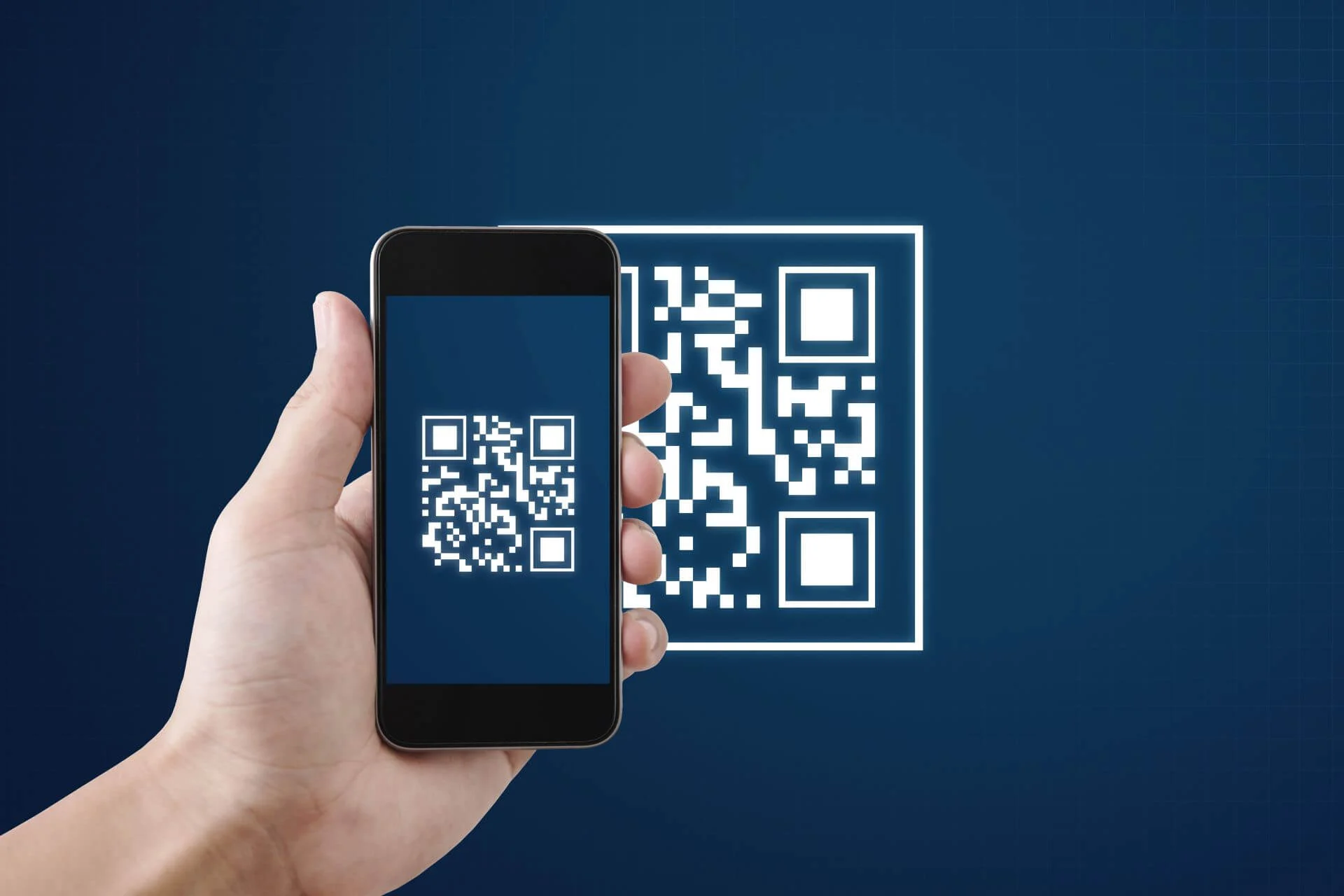Introduction:
In the realm of legal documentation, the incorporation of Quick Response (QR) codes represents a cutting-edge approach to enhancing the authenticity, security, and accessibility of important legal materials. By seamlessly integrating physical documents with digital information, QR codes play a pivotal role in ensuring the integrity of legal documents and preventing unauthorized alterations. This article explores the transformative impact of QR codes in the legal field, highlighting how they contribute to document verification, traceability, and overall document security.
- Document Authentication:
QR codes serve as powerful tools for document authentication, providing a secure and efficient means to verify the legitimacy of legal documents. Law firms, government agencies, and businesses can embed QR codes in legal papers, certificates, and contracts. Interested parties can then scan the codes using smartphones or dedicated scanning devices to quickly confirm the authenticity of the documents.
- Secure Access to Digital Versions:
QR codes bridge the gap between physical and digital realms by providing secure access to digital versions of legal documents. Each QR code can be linked to an encrypted digital repository, allowing authorized users to access the document in its original form. This ensures that stakeholders can verify the document’s content without compromising its physical integrity.
- Tamper-Evident Seals and QR Codes:
To safeguard legal documents against tampering, QR codes can be integrated with tamper-evident seals. If an unauthorized attempt is made to alter the document, the seal is broken, and the QR code becomes invalid. This combination of physical and digital security measures adds an extra layer of protection, making it more difficult for fraudulent activities to go undetected.
- Document Traceability:
QR codes enable document traceability throughout its lifecycle. Each time a legal document is accessed or modified, the action can be recorded and linked to the QR code. This traceability feature enhances transparency, allowing parties involved to track the history of the document, identify contributors, and establish an indisputable record of changes made over time.
- Secure Sharing and Collaboration:
In legal contexts where collaboration is essential, QR codes facilitate secure document sharing. Authorized individuals can scan QR codes to gain access to shared documents stored on secure servers or cloud platforms. This ensures that sensitive legal information is shared only with those who have the proper permissions, mitigating the risk of unauthorized access.
- Client Verification and Communication:
QR codes are valuable in client verification and communication. Law firms can provide clients with documents containing QR codes linked to secure online portals. Clients can then use the QR codes to access updates, communicate securely with their legal representatives, and verify the status and details of their legal cases.
- Efficient Document Retrieval:
QR codes streamline the process of document retrieval, especially in large legal databases. Rather than manually searching through archives, legal professionals can scan QR codes on physical documents to quickly locate and retrieve the corresponding digital versions. This efficiency enhances workflow and saves valuable time in legal research.
- Electronic Signatures and QR Codes:
The integration of QR codes with electronic signatures enhances the authenticity of signed legal documents. QR codes can be embedded with the signature details, providing a secure link to the signer’s identity and the timestamp of the signature. This feature adds an extra layer of verification to ensure the integrity of digitally signed legal documents.
Conclusion:
QR codes are transforming the landscape of legal documentation, offering a robust solution to enhance authenticity, security, and traceability. As the legal industry continues to embrace digital innovations, the integration of QR codes ensures that legal documents remain tamper-proof and verifiable. The marriage of physical and digital security measures through QR codes exemplifies the commitment to maintaining the integrity of legal documents in an increasingly interconnected and digital legal landscape.

